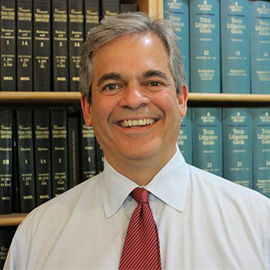See the above answer to No. 8 for the answer to some of the elements of this question. If we really want to do something about property taxes, we need to be clear eyed about the increases in property taxes our residents are feeling. Property taxes have gone up just over $1,400 over the last five years. Over $1,000 of this increase is the state property tax. (The increase in City property taxes is a little over $200 for that same five-year period.) The state now gets more local property tax dollars than the City of Austin gets for its budget. It used to be that the State would take this recapture money and invest it with property poor school districts. That is no longer true and the State is now using some of that local property tax revenue it collects to offset its general fund expenditure. The State’s share of public education, that used to be over 60%, is now down about 38%. If we are serious about providing property tax relief, the state must fix its school finance system. Regardless, the City still needs to do all it can to balance the need for social services and other spending with the tax burdens falling on residents. We also need to try to find new revenue streams that do not burden taxpayers. Examples include making better calibrated uses of development bonus incentives to achieve affordable housing opportunities, dedicated homelessness funding from a TPID associated with a convention center expansion, and using market models like the Austin Housing Conservancy (strike fund) to save existing workforce housing.
Affordability, Land Use, Austin Chamber of Commerce
View All Reponses >>

